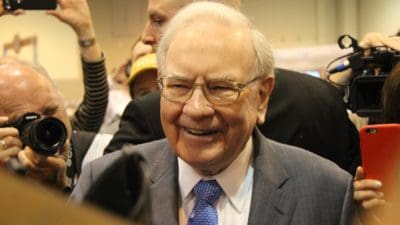For the first six months of 2015, it looked as if Lloyds’ (LSE: LLOY) shares were set to hit 100p, as the bank seemed to be nearing the final stages of its recovery. Indeed, between January and the middle of May, Lloyds’ shares jumped by nearly 20%, leaving the wider FTSE 100 trailing behind.
However since May, analysts and investors have started to question the durability of Lloyds’ recovery. Analysts have marked down their forecasts for growth and investors have begun to take profits.
What’s more, in addition to the above factors, the government’s decision to offload the remainder of its stake in Lloyds has weighed on the bank’s shares. With investors deserting Lloyds, shares in the bank have dropped 21% from their May highs and are now down 9.4% on the year, excluding dividends.
Growth concerns
Most of Lloyds’ recent declines can be traced to concerns about the group’s growth. City analysts expect Lloyds to report an underlying pre-tax profit of £8.2bn for the year ending 31 December 2015, but pre-tax profits are expected to fall to £7.9bn for 2016. Further, analysts are predicting that earnings per share will contract by 8% next year. These figures are expected even though Lloyds is slashing costs.
The bank is targeting cost savings of about £1bn a year by the end of 2017 while investing £1.6bn in digital services and increased automation over the same period. In theory, a more automated bank with lower overheads should improve margins. But apparently, City analysts don’t expect Lloyds to reap significant benefits from its cost saving strategy.
Increased competition and a higher regulatory burden could explain why the City is cautious about overstating Lloyds’ potential margin growth. Nonetheless, even though Lloyds isn’t predicted to grow as fast as many investors would like, it’s still the second-best capitalised large bank in the country, according to the Bank of England’s latest stress test.
Well capitalised
Lloyds’ capital cushion is above the level required by management and regulators. Specifically, Lloyds estimates that the minimum level of capital required for the business is around 12% (tier one equity ratio).
At the end of the third quarter, the bank’s tier one equity ratio was 13.7%, up 0.4% from the figure of 13.3% as reported at the end of the first half. Management has stated that Lloyds will return any “excess capital” to investors via buybacks and dividends. And based on Lloyds’ improving financial position, as well as cash generation, City analysts believe that the bank could return £20bn to £25bn to shareholders over the next three years – that’s as much as 50% of Lloyds’ current market capitalisation.
So, Lloyds is on track to return a healthy amount of cash to investors over the next few years and after recent declines, the bank’s shares look cheap. Indeed, Lloyds’ shares are now trading at a forward P/E of 8.6. Moreover, the government has for the time being, stopped offloading its stake in the bank. Under the conditions of the government’s trading plan with Morgan Stanley, shares are not sold for less than the 73.6p price that was paid for them.







